A report by Butterfly Conservation warns that 24 of 58 species may soon disappear from our shores. Five more species are threatened with dying out than when the charity last compiled a Red List, 11 years ago. Humans are driving the loss of butterflies by destroying wildlife-rich habitats, says Head of Science for Butterfly Conservation Dr Richard Fox. “They’ve literally been destroyed, been ploughed up, covered in fertilisers and used to grow crops or for housing,” he told BBC News. But there is some hope. Several species have been brought back from the brink by intense conservation work.
Wood White:
This small, slow-flying butterfly used to live across most of southern England and Wales. Now endangered, it’s mostly found in the Midlands.
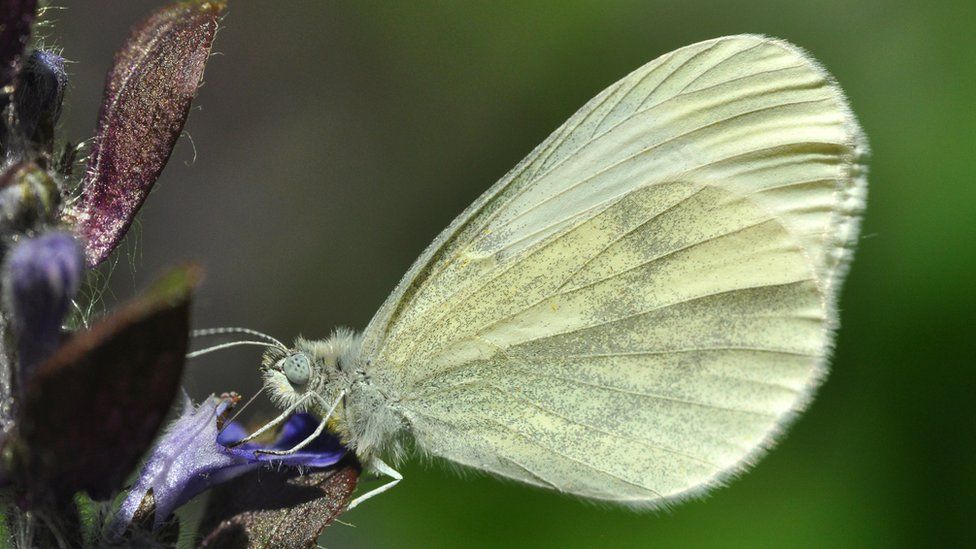
Swallowtails:
This spectacular rare butterfly has become more at risk since 2011. It’s native to the Norfolk Broads where it feeds on flowers including thistles.
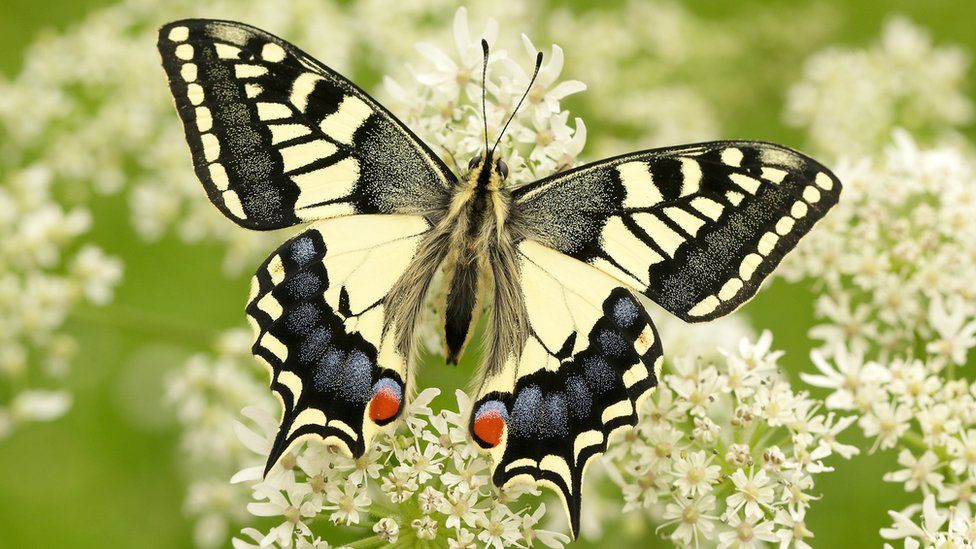
Adonis Blues:
Now re-categorised as more threatened, this creature lives in southern England and is usually seen in April and late July. In areas where the Adonis Blues thrives, it can be seen in the hundreds.
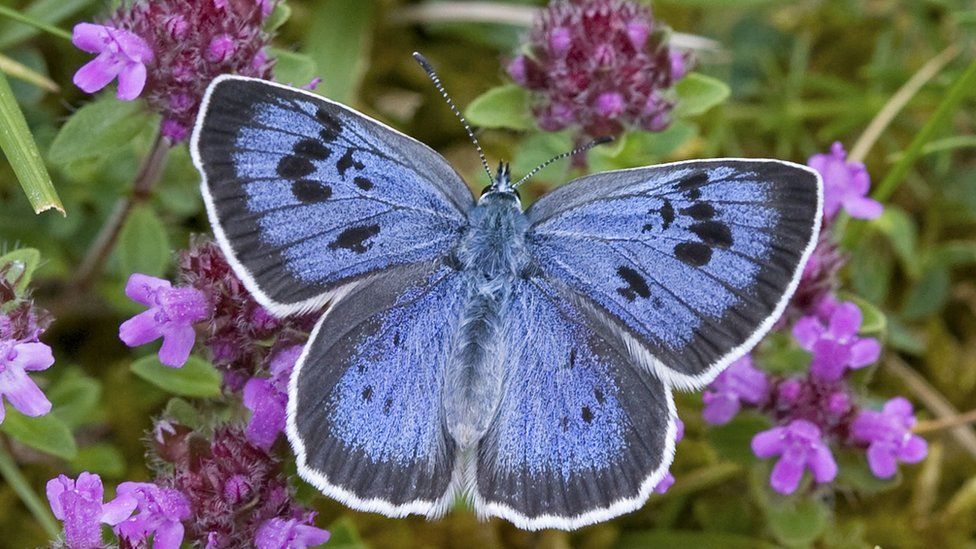
Large Heath:
This is one of the butterflies affected by climate change, says Butterfly Conservation. All four of the UK’s butterfly species that prefer to live in northerly areas, with cooler and damper climates, are endangered.
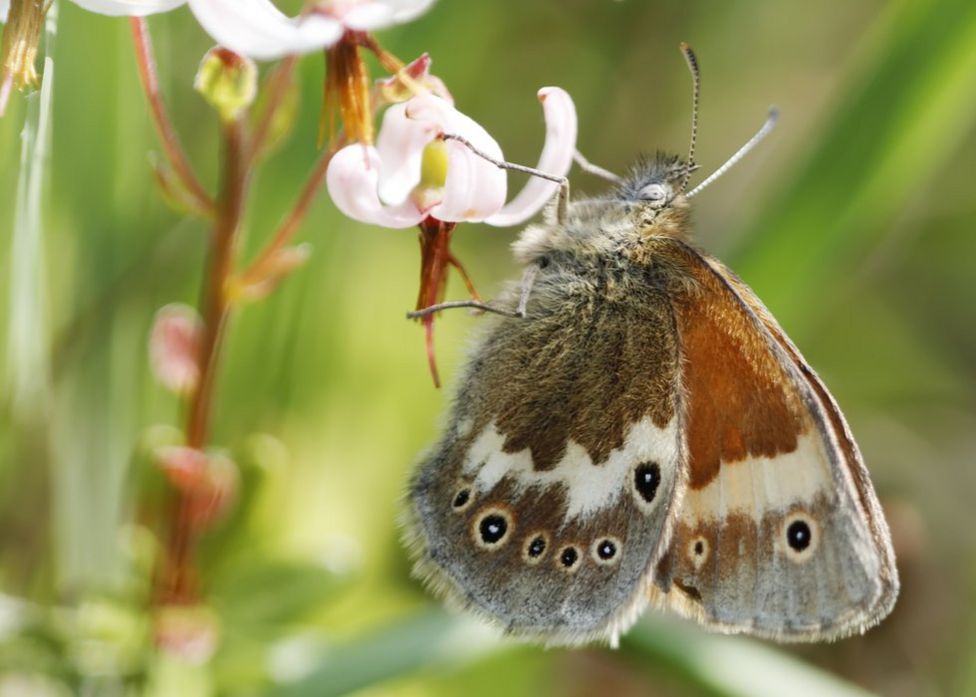
Scotch Argus:
The effects of climate change are also visible with the decline of this species. In 2011, scientists didn’t consider it under threat. Now it’s listed as vulnerable.
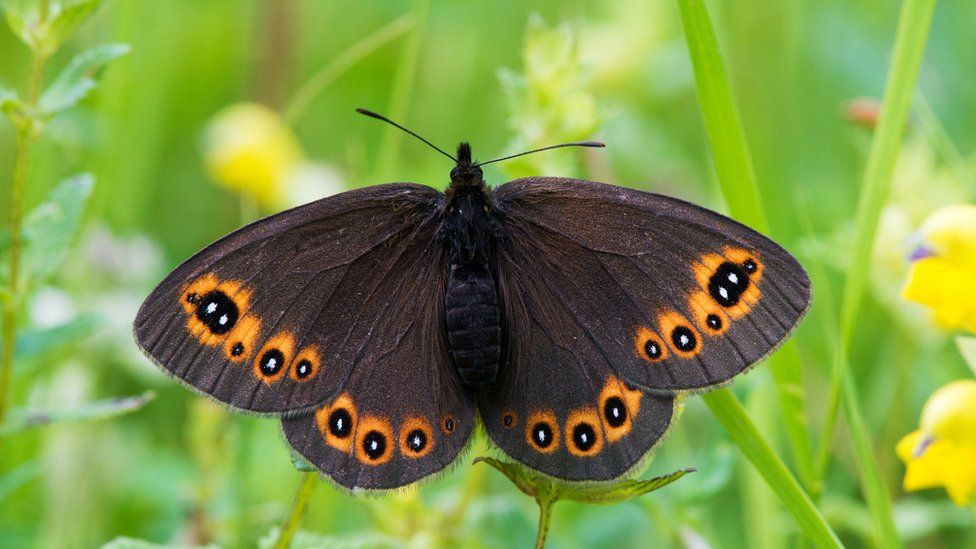
![]()





